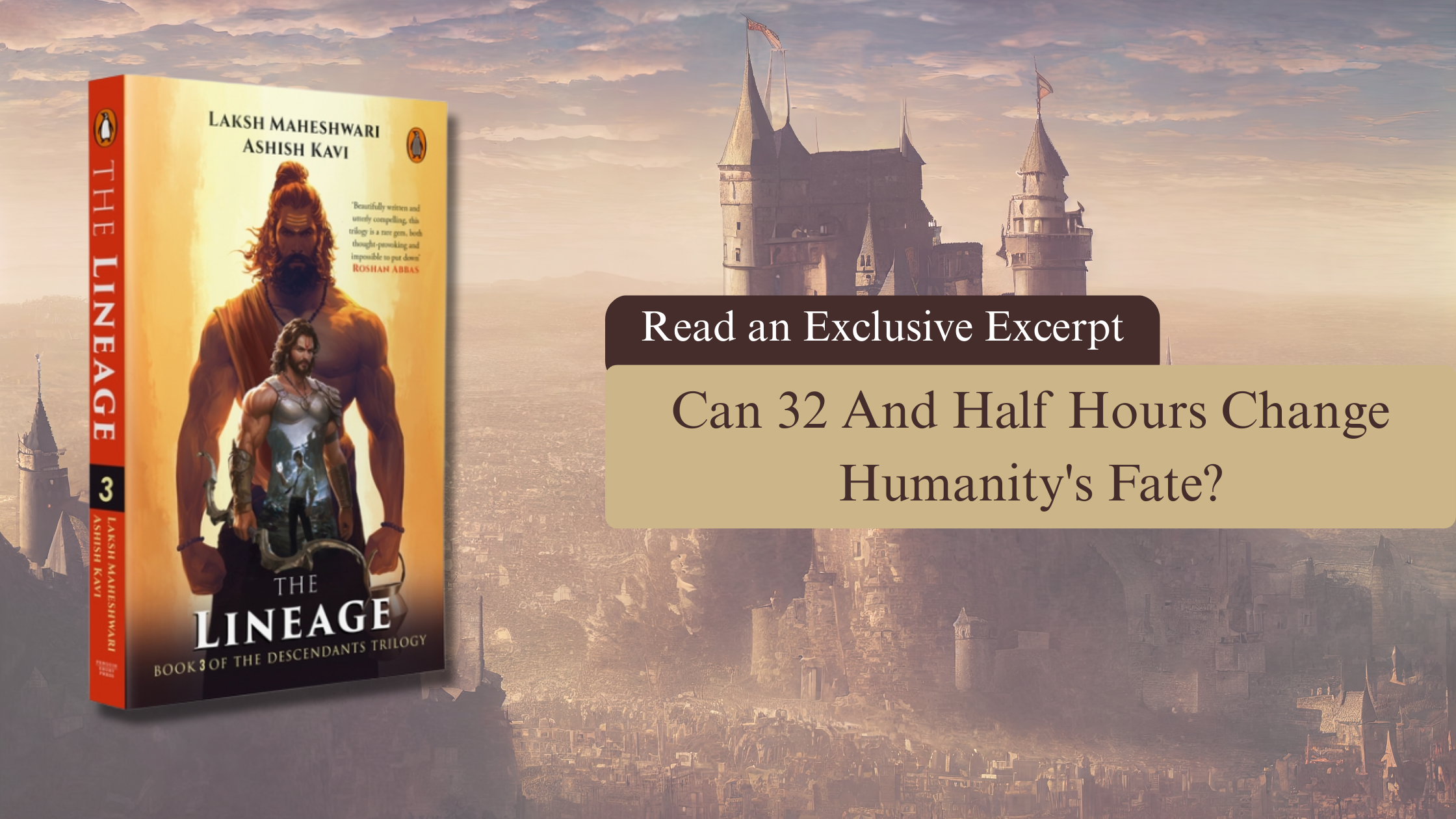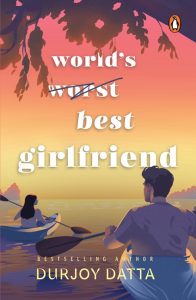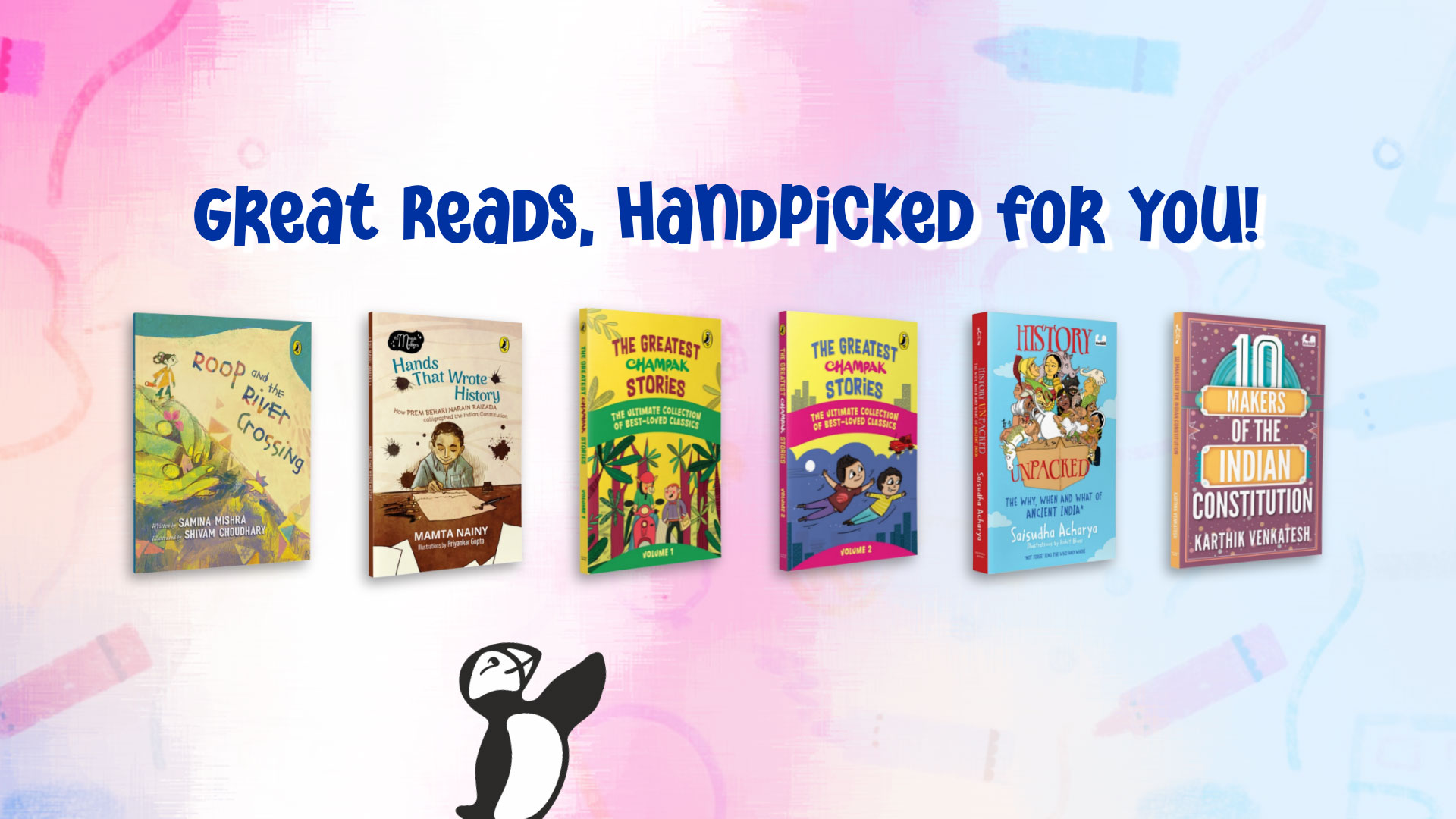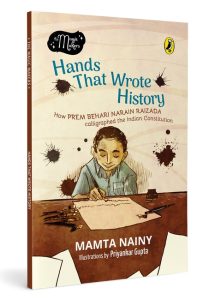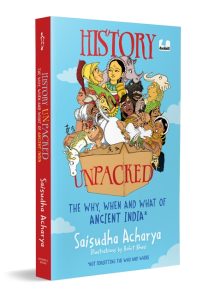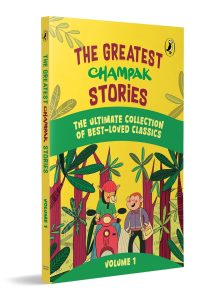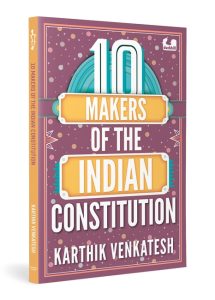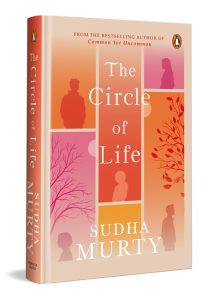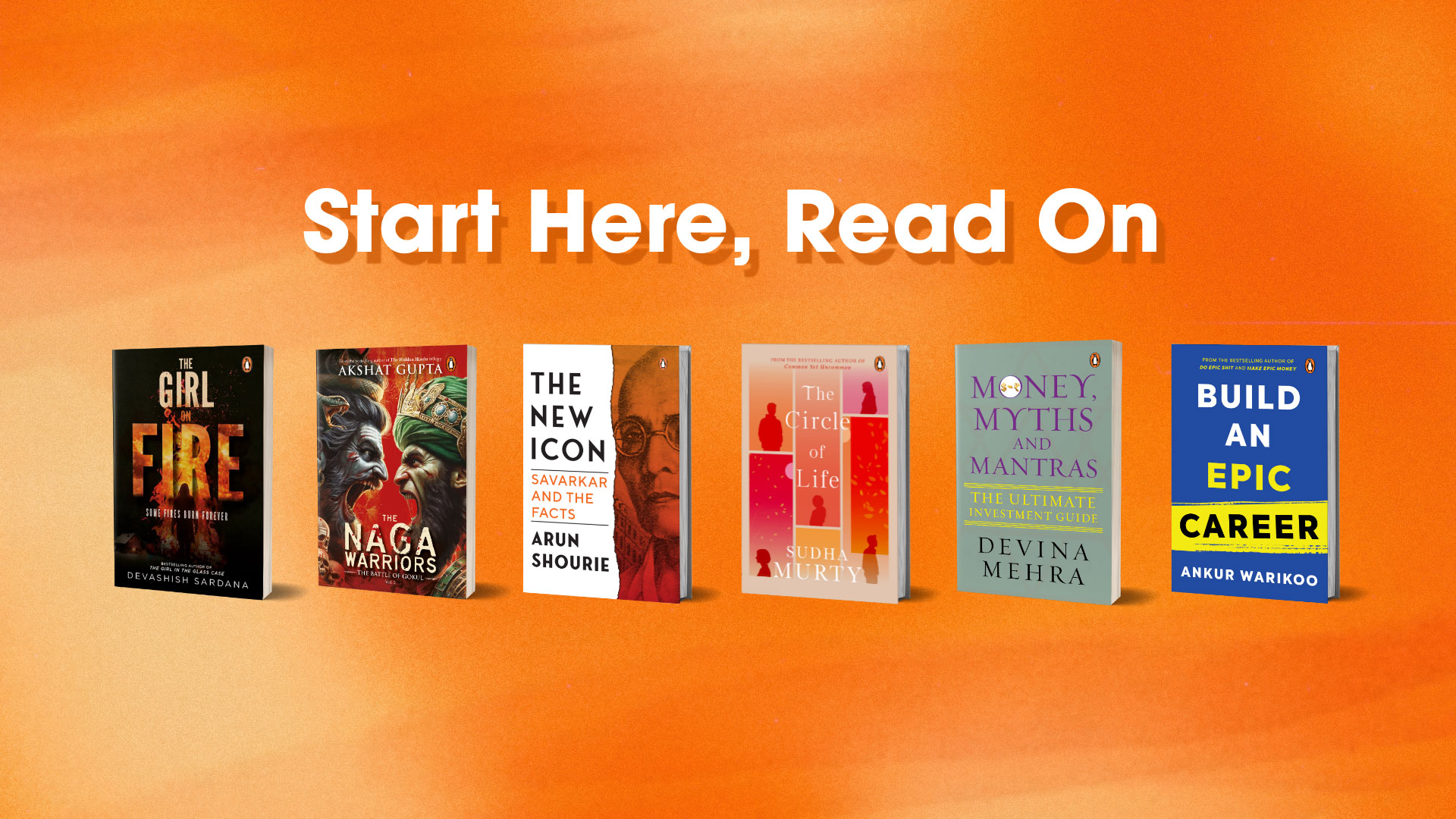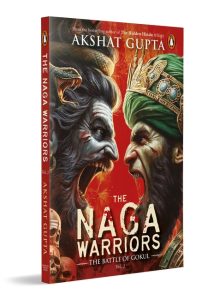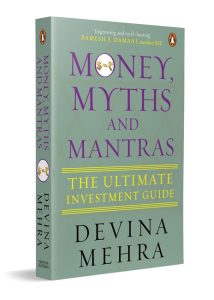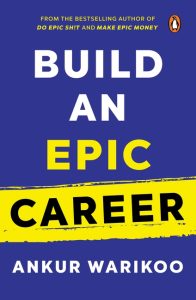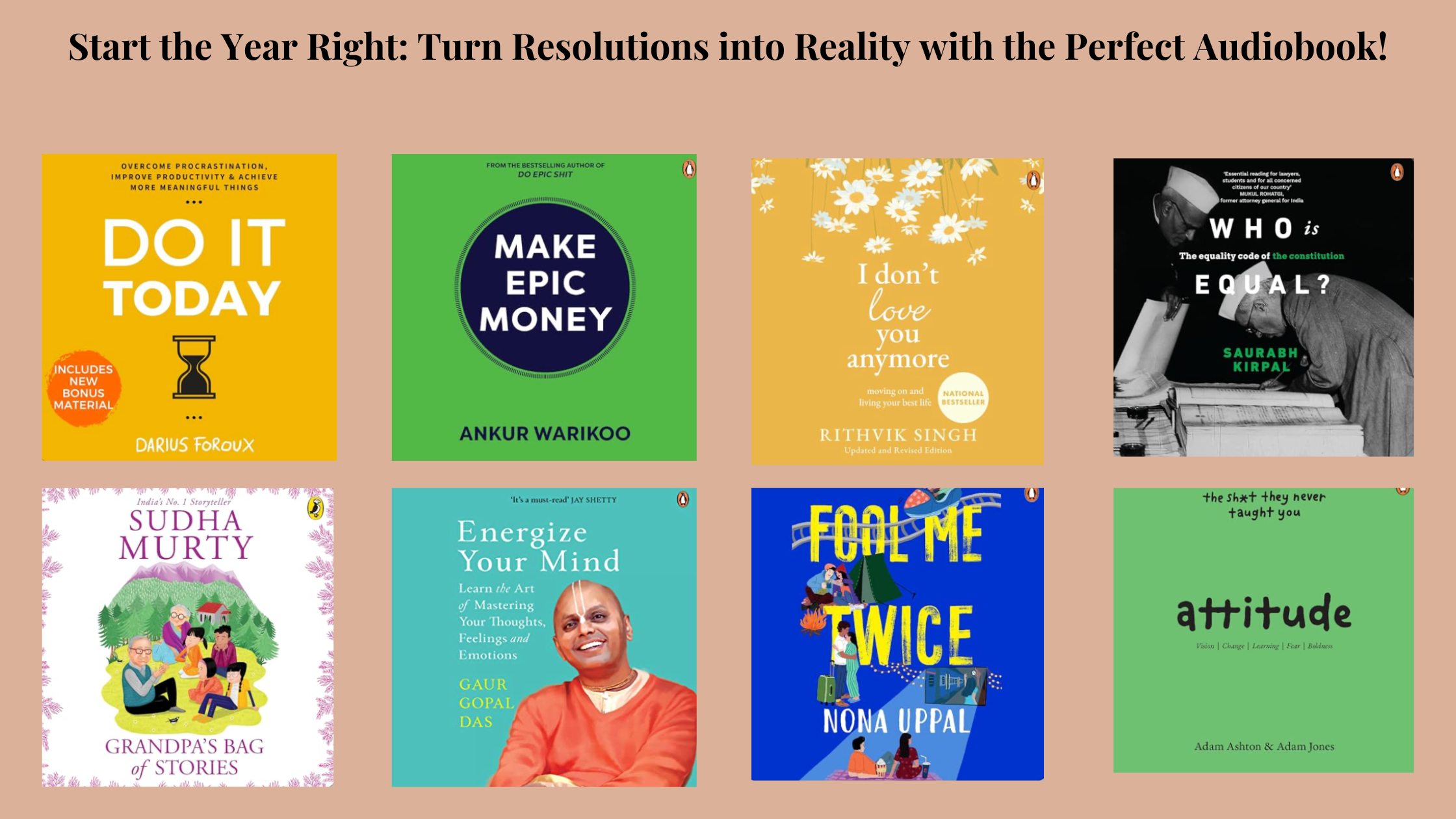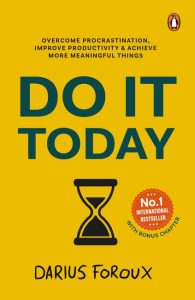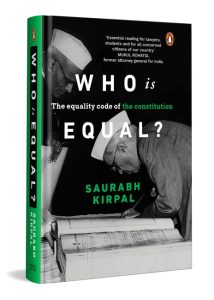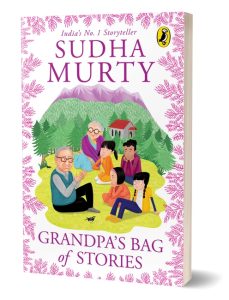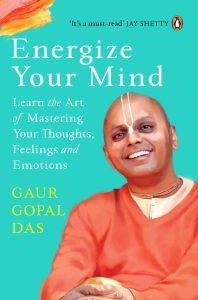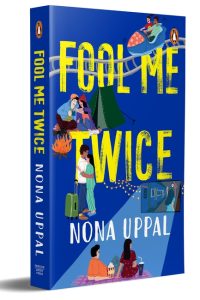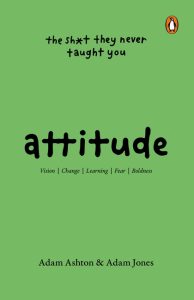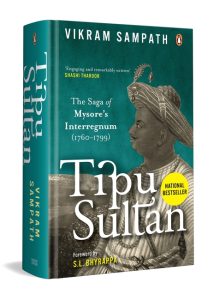After a long and brutal war, the Pandavas stand victorious. But when Vyas Ji enters their canopy, his words force them to confront a question they never expected—was this truly a victory?
Read this gripping excerpt where triumph meets its toughest reckoning.

The sentries led Vyas ji into the Pandavas’ canopy where the five brothers and their wife, Draupadi of Panchal, rose to welcome him. When Vyas ji stood before them, they joined their hands and bowed their heads together.
‘Pranam, Maharishi,’ they said in unison.
The brothers were all injured as multiple parts of their bodies were wrapped in bandages. Yudhishthir’s arm had turned blue after all the spears he had propelled. Bheem’s chest and face were bruised due to all the blows he had sustained from Suyodhan’s mace during their duel. Arjun’s hands were riddled with blisters from all the arrows he had launched in the war. Even Nakul and Sahdev looked weary from the effort of war.
But the joy of victory Vyas ji saw on their faces was far greater than all their pains put together. It was was also visible on Panchali’s face and evident in the blood that drenched her long, flowing hair. This sight of joy and thrill greatly upset Vyas ji. He clenhed his fist to prevent his hand from rising to give the children any blessings.
When the maharishi did not bless them, the brothers lowered their hands and exchanged gazes of discomfort. Such a thing had never happened to them. Never had they been denied anything. And when they were denied their right, they fought for it. But how could one fight for someone’s blessings?
Panchali took the first step towards Vyas ji. ‘You have come on an auspicious day, Vyas ji,’ she said with a smile as she stroked her hair. ‘The war of Bharat has ended today. The Mahabharata has ended today.’
‘Yes,’ Vyas ji answered, deeply remorseful. ‘Much has come to an end today.’
Yudhishthir felt the sorrow in Vyas ji’s words and walked over to him. Panchali joined him, smiling warmly at the sage. ‘We have won, Vyas ji,’ Yudhishthir said emphatically, hailing their victory as a matter of great joy. ‘We have finally won what is rightfully ours.’
‘I have seen your victory, son,’ Vyas ji replied. He glanced back towards the canopy’s entrance, visualizing the carnage that lay outside on the battlefield of Kurukshetra. ‘I congratulate you all,’ he said with a heavy heart.
‘A simple congratulation isn’t enough, Maharishi,’ Arjun insisted. ‘We want your blessings too. Your blessings will help us rule over the entire kingdom of Hastinapur.’
‘Why are you asking for my blessings now, Arjun?’ Vyas ji asked, ‘When you did not ask for my blessings for this war?’
‘Aren’t you happy with our victory, Maharishi?’ Yudhishthir asked anxiously, his hands folded before the sage.
Vyas ji took a long and painful breath. His eyes grew teary and started to sting. ‘What exactly have you won, Yudhishthir?’ he asked, teary-eyed, as he watched the eldest Pandava.
A deep frown creased Yudhishthir’s forehead. ‘We have won a great victory, Maharishi,’ he said. ‘Right has defeated wrong. Good has defeated evil. Dharma has defeated Adharma.’
‘And who decided what was right and what was wrong?’ Maharishi asked. ‘Who decided what was Dharma and what was Adharma?’ He walked past Yudhishthir and Panchali and stopped in front of the other four brothers.
He looked at Bheem first. Even with his hands folded before him, the giant of a man towered over the innocent Vyas ji like a mountain. ‘Was it you, Bheem?’ Vyas ji asked, ‘A man who can control neither his emotions nor his gluttony?’ When a flash of shame showed on Bheem’s face, Vyas ji turned to Arjun. ‘Was it you, Arjun, with your pride and vanity of being the greatest archer in the world?’
Vyas ji then turned to Nakul and Sahdev, his sorrow becoming evident on his face. ‘Maybe it was you Nakul, and your arrogance over your beauty. Or maybe your brother, Sahdev, who considers himself the most learned of us all.’
With the four brothers standing silent and ashamed, Vyas ji walked back to Panchali and Yudhishthir. He glared at Draupadi and her long, bloodied hair. ‘Tell me, Panchali, do you feel proud of your husbands’ definition of Dharma and Adharma, just as you are proud of their valour, their wisdom and their beauty?’
Once Panchali’s eyes dropped to the ground with shame, Vyas ji’s gaze turned towards Yudhishthir. ‘Or was it you, King Yudhishthir, who is so full of hatred for his own kin that you now rejoice in their death?’
When even Yudhishthir could not respond to Vyas ji, he addressed all brothers inside the canopy at once. ‘Tell me, O sons of Pandu,’ he implored, ‘who among you decided this Dharma and Adharma?’
Seeing the disappointment on Vyas ji’s face, the Pandavas dared not utter a word. Instead, they stood with sealed lips and folded hands. Their silence only deepened Vyas ji’s disappointment. ‘What a shame!’ He shook his head disdainfully. ‘When men take pride in killing their brothers instead of mourning over their losses. Today, you may have won, sons of Pandu, but I swear to you, Dharma has only lost today.’ With that, he darted towards the canopy’s exit, leaving behind the brothers and their wife in their ashamed silence.
When Vyas ji stepped outside the canopy, the sentries saw him and bowed before him with folded hands. Vyas ji raised his hand and said, ‘Ayushmaan bhava.’ The two sentries thanked Vyas ji for his blessings and watched him walk away.
***
Get your copy of The Lineage by Laksh Maheshwari and Ashish Kavi on Amazon or anywhere books are sold.







